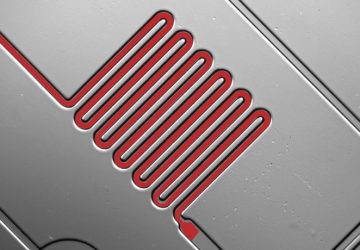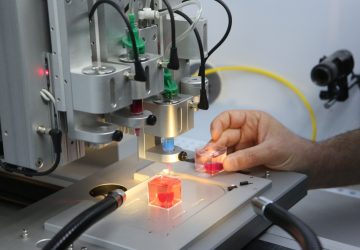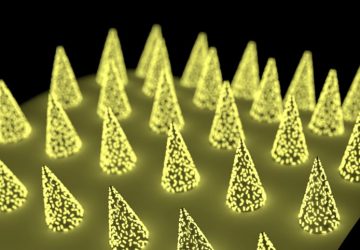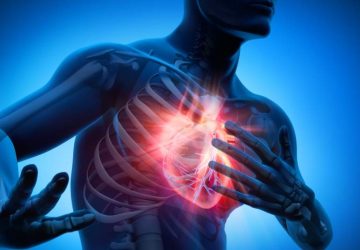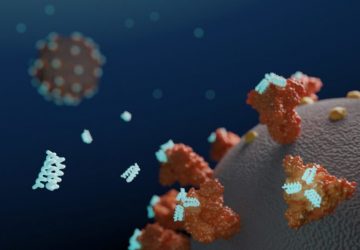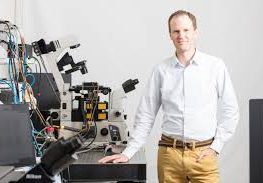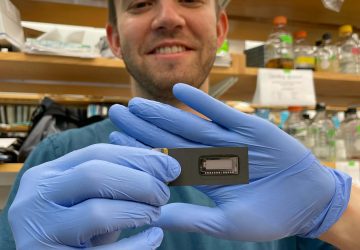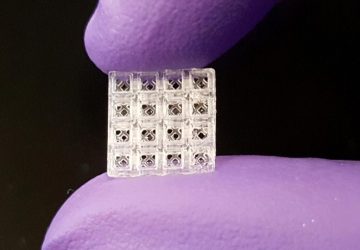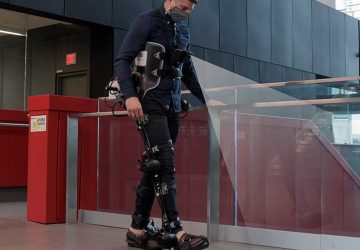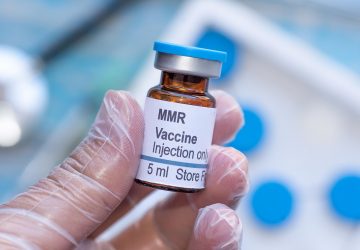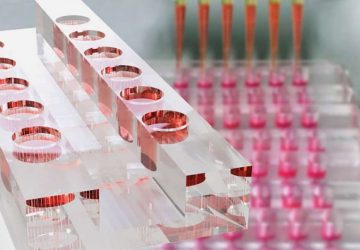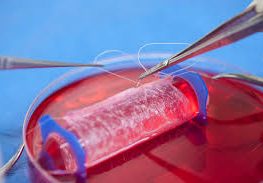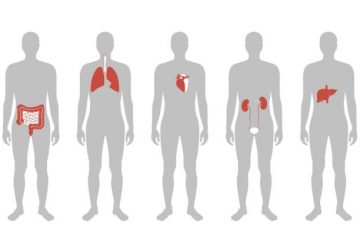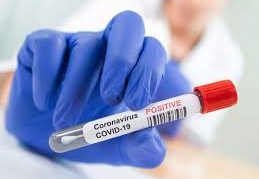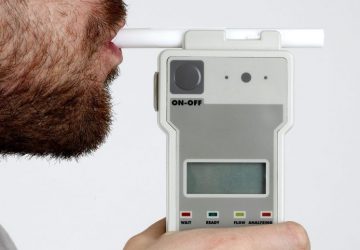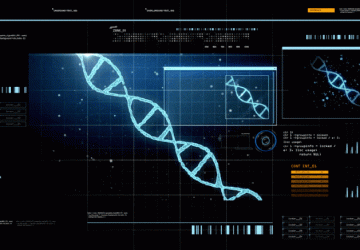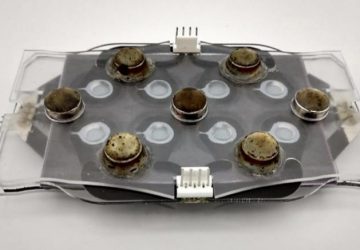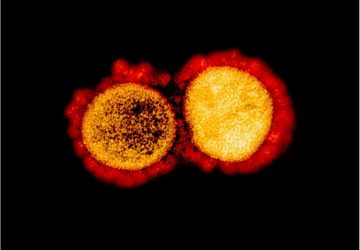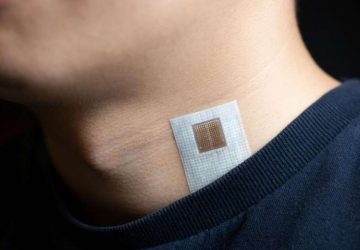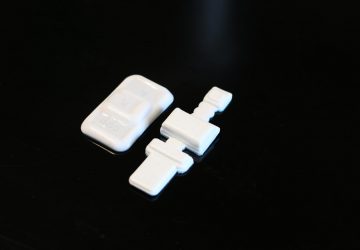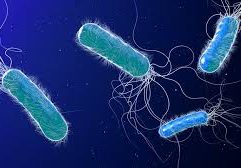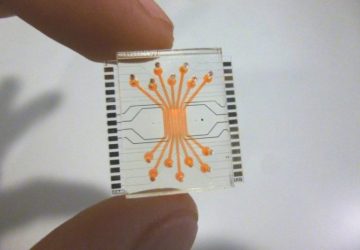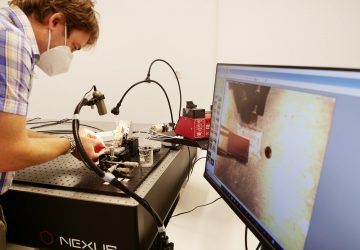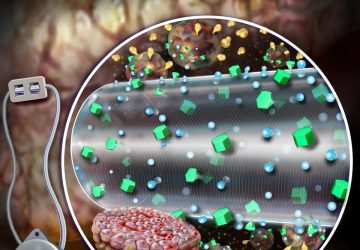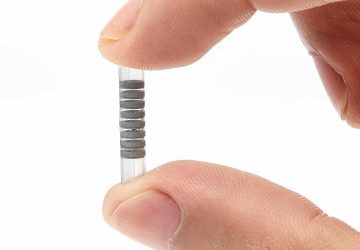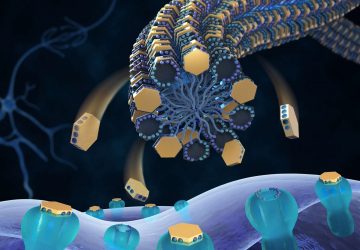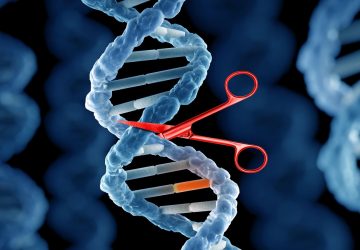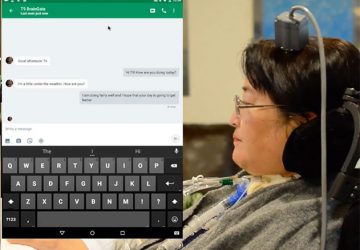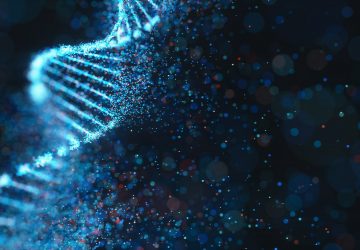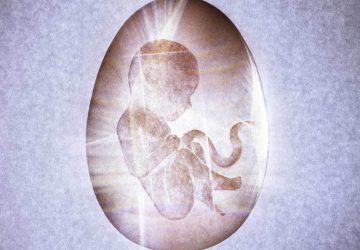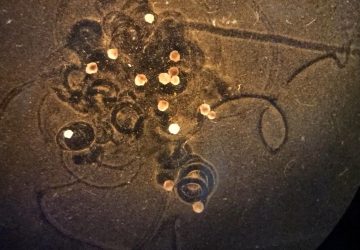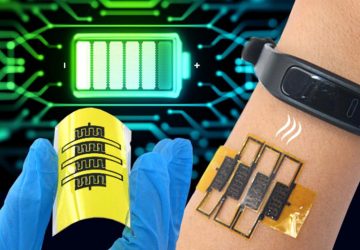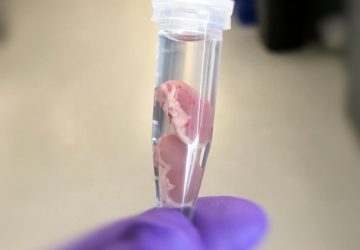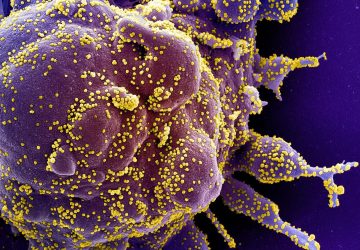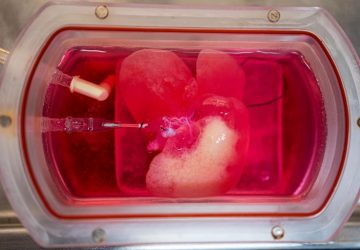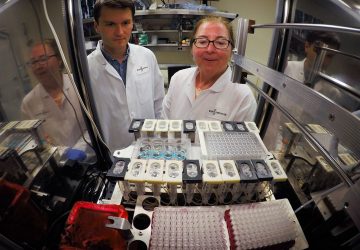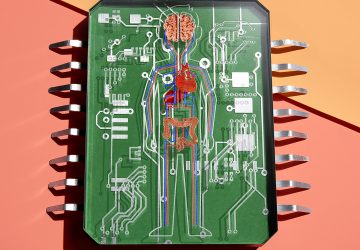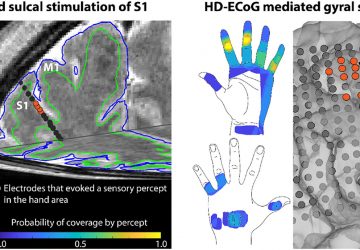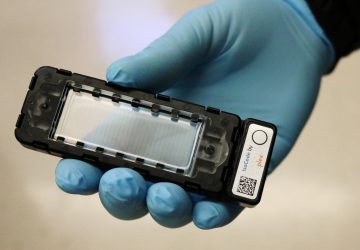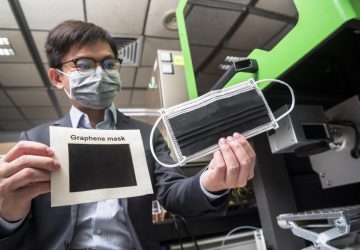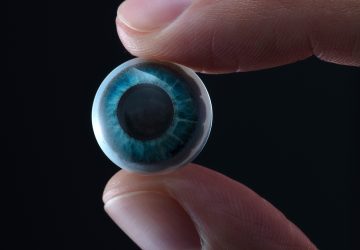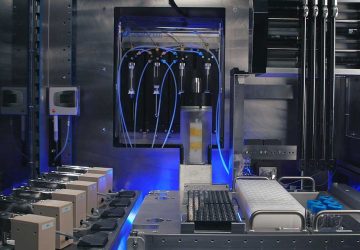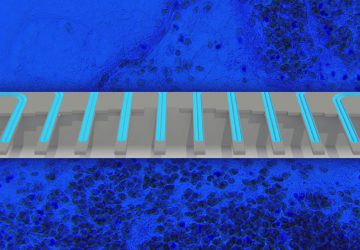A mathematical model that can help project the contagiousness and spread of infectious diseases like the seasonal flu may not be the best way to predict the continuing spread of the novel coronavirus, especially during lockdowns that alter the normal mix of the population, researchers report. Called the R-naught, or basic reproductive number, the model predicts the average number of susceptible people who will be infected by one infectious person….
Read MorePoor nutrition in school years may have created 20 cm height gap across nations
A new global analysis led by Imperial College London, and published in journal The Lancet, has assessed the height and weight of school-aged children and adolescents across the world. The study, which used data from 65 million children aged five to 19 years old in 193 countries, revealed that school-aged children’s height and weight, which are indicators of their health and quality of their diet, vary enormously around the world….
Read MoreNew Device Offers Faster Way to Detect Antibiotic-Resistant Bacteria
Method measures naturally occurring electron transfers. Bacterial infections have become one of the biggest health problems worldwide, and a recent study shows that COVID-19 patients have a much greater chance of acquiring secondary bacterial infections, which significantly increases the mortality rate. Combatting the infections is no easy task, though. When antibiotics are carelessly and excessively prescribed, that leads to the rapid emergence and spread of antibiotic-resistant genes in bacteria —…
Read MoreDetecting COVID-19 in Less Than 5 Minutes With a Paper-Based Electrochemical Sensor
As the COVID-19 pandemic continues to spread across the world, testing remains a key strategy for tracking and containing the virus. Bioengineering graduate student, Maha Alafeef, has co-developed a rapid, ultrasensitive test using a paper-based electrochemical sensor that can detect the presence of the virus in less than five minutes. The team led by professor Dipanjan Pan reported their findings in ACS Nano. “Currently, we are experiencing a once-in-a-century life-changing…
Read MoreNew Magnetic Spray Transforms Objects Into Insect-Scale Robots for Biomedical Applications
An easy way to make millirobots by coating objects with a glue-like magnetic spray was developed in a joint research led by a scientist from City University of Hong Kong (CityU). Driven by the magnetic field, the coated objects can crawl, walk, or roll on different surfaces. As the magnetic coating is biocompatible and can be disintegrated into powders when needed, this technology demonstrates the potential for biomedical applications, including catheter…
Read MoreEarly Detection of SARS-CoV-2 (COVID-19 Virus) With New Photonic Sensor System
Scientists are working on the development of a new equipment, more functional and cheaper, that could be deployed in primary healthcare centers. Detecting SARS-CoV-2 virus and related antibodies is essential to control the COVID-19 pandemic. A multidisciplinary team of scientists from the University of Malaga, led by Robert Halir, researcher of the Department of Communications Engineering of the Higher Technical School of Telecommunications Engineering, aware of the limitations of current…
Read MoreCRISPR meets Pac-Man: New DNA cut-and-paste tool enables bigger gene edits
Gene editing for the development of new treatments, and for studying disease as well as normal function in humans and other organisms, may advance more quickly with a new tool for cutting larger pieces of DNA out of a cell’s genome, according to a new study. Publication of the UCSF study on Oct. 19, 2020 in the journal Nature Methods comes less than two weeks after two researchers who first…
Read MoreTiny Devices to Heal Wounds Faster and Diagnose Disease Instantly
In a pandemic, quick at-home testing is essential not just for isolating cases but also for compiling big picture data. When COVID-19 struck, however, all the common rapid testing formats were laborious to use and tough for non-specialists to interpret. So Professor Sam Sia, an expert in point-of-care diagnostics and therapeutics, decided to pivot his research to address the crisis. Sia’s lab has spent the past few months developing simple…
Read MoreElectronic Blood Vessels to the Rescue
Hybrid natural-artificial blood vessels could also enable gene therapies and drug delivery The number one cause of mortality worldwide is cardiovascular disease. Now scientists reveal electronic blood vessels might one day use electricity to stimulate healing and deliver gene therapies to help treat such maladies, a new study finds. One-third of all U.S. deaths are linked to cardiovascular disease, according to the American Heart Association. When replacement blood vessels are…
Read MorePitt team receives NIH award to optimize tissue-engineered vascular graft design
Just as a climbing plant needs the right trellis to thrive, a small-diameter tissue-engineered vascular graft (TEVG) needs the right scaffold to transform seeded cells into a native-like artery that can save a life. A team led by the University of Pittsburgh’s David A. Vorp received a $1.1M award from the National Institutes of Health to optimize this emerging technology for cardiovascular disease. They will examine the best combination(s) of…
Read More
